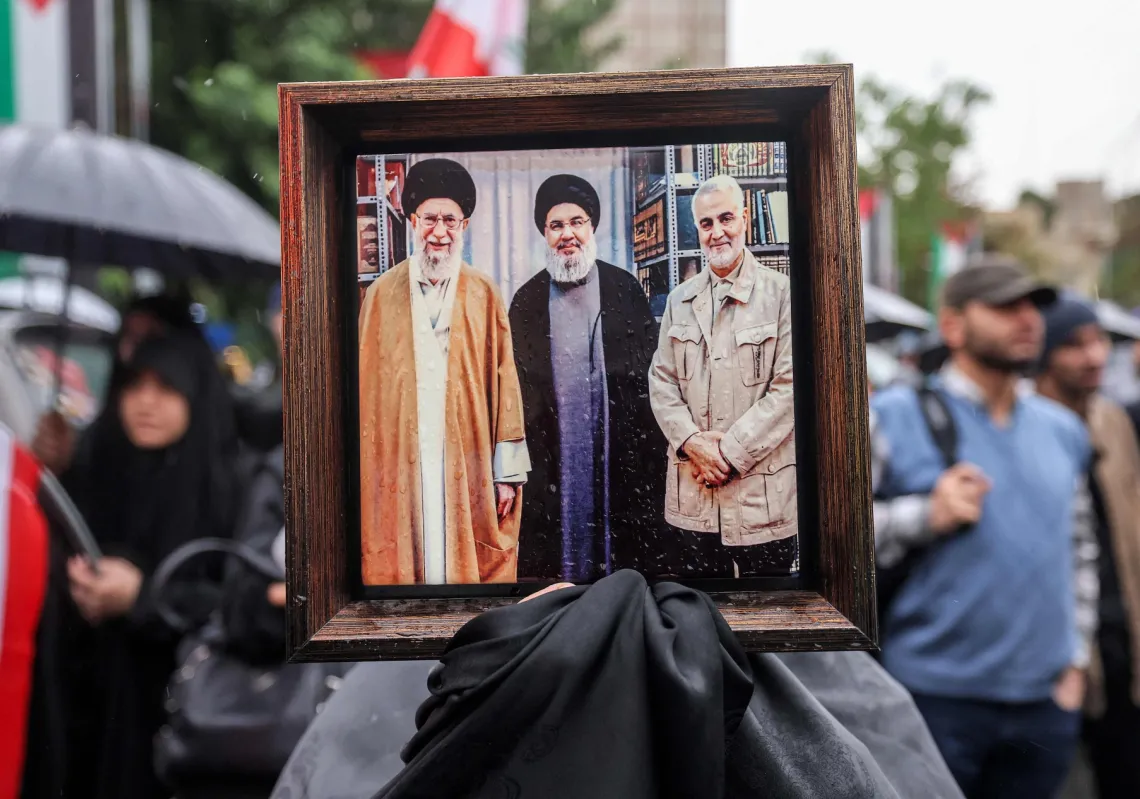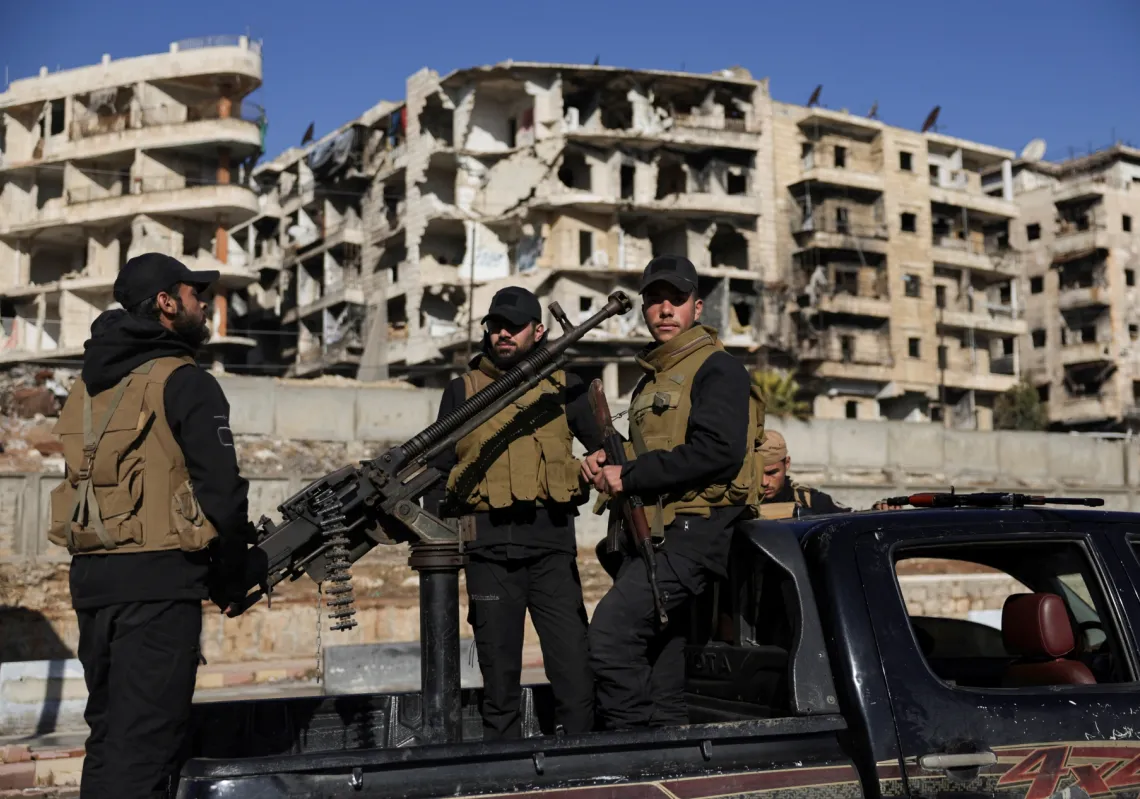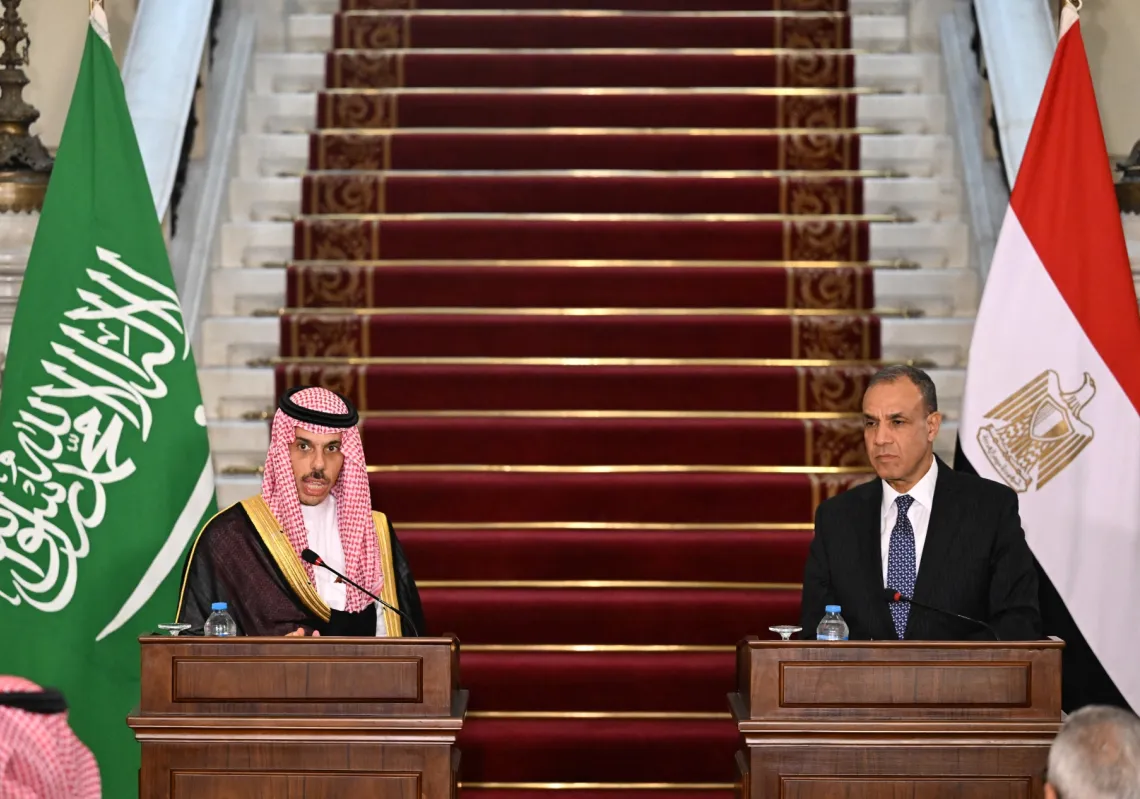Across the Middle East and North Africa, state structures have dissolved at an alarming rate, opening the door to militias like the Houthis in Yemen.
To assess the tumult, think not only of Yemen but of Sudan, Iraq, Syria, Lebanon, Libya, and Somalia, not to mention the violent revolutions in countries like Egypt and Tunisia.
Many of these independent national republics were established after independence from a colonial power where, for a while, the future seemed bright.
Elsewhere in the region, however, there was another revolution whose ongoing effects may well be the cause of much of the disintegration — the Iranian Revolution in 1979. Its ongoing reach has helped the Houthis, Hezbollah, and many other militant groups.
With every passing day, it becomes more apparent that 1979 marked a pivotal moment for the region because the newly established regime in Tehran adopted the doctrine of exporting its revolution to the Islamic world.
To understand the region's militias and how they have succeeded, it helps to understand their benefactor and the game it plays.
Tehran’s tentacles
Leveraging the vulnerabilities of some Arab nations and their diminished sense of national identity, Iran wasted no time in seeking to extend its revolutionary influence.
Many trace this policy’s practical origins to the founding of Hezbollah in Lebanon in 1982, which grew out of civil and regional conflict.
In the early days, it was influenced by armed Palestinian factions and the late Syrian President Hafez al-Assad, who played a crucial role, even before Iran, in fragmenting the Lebanese state and exacerbating its civil strife.




















